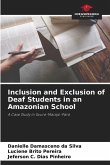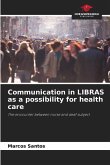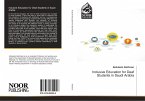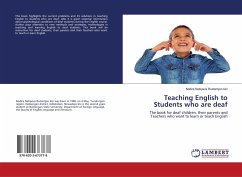The need to support the Deaf community, generates the motivation to make this compilation of educational guidelines from different sources and contexts that aim to ensure the learning of sign language in babies, children, young people and adults who are Deaf. In this sense, the development of sign language requires the assumption of three highly relevant points. Firstly, the recognition of sign language as a natural language of Deaf people. The transformations that are needed imply not only a change of didactics, or the use of one or another language, or adaptations of the curriculum, but a legitimate process of paradigmatic change in the face of the experience of Deafness. Secondly, sign language should be assumed as a subject like mathematics, history or science and thirdly, its teaching should be oriented through the bilingual bicultural model (L1 Sign Language and L2 written Spanish).








